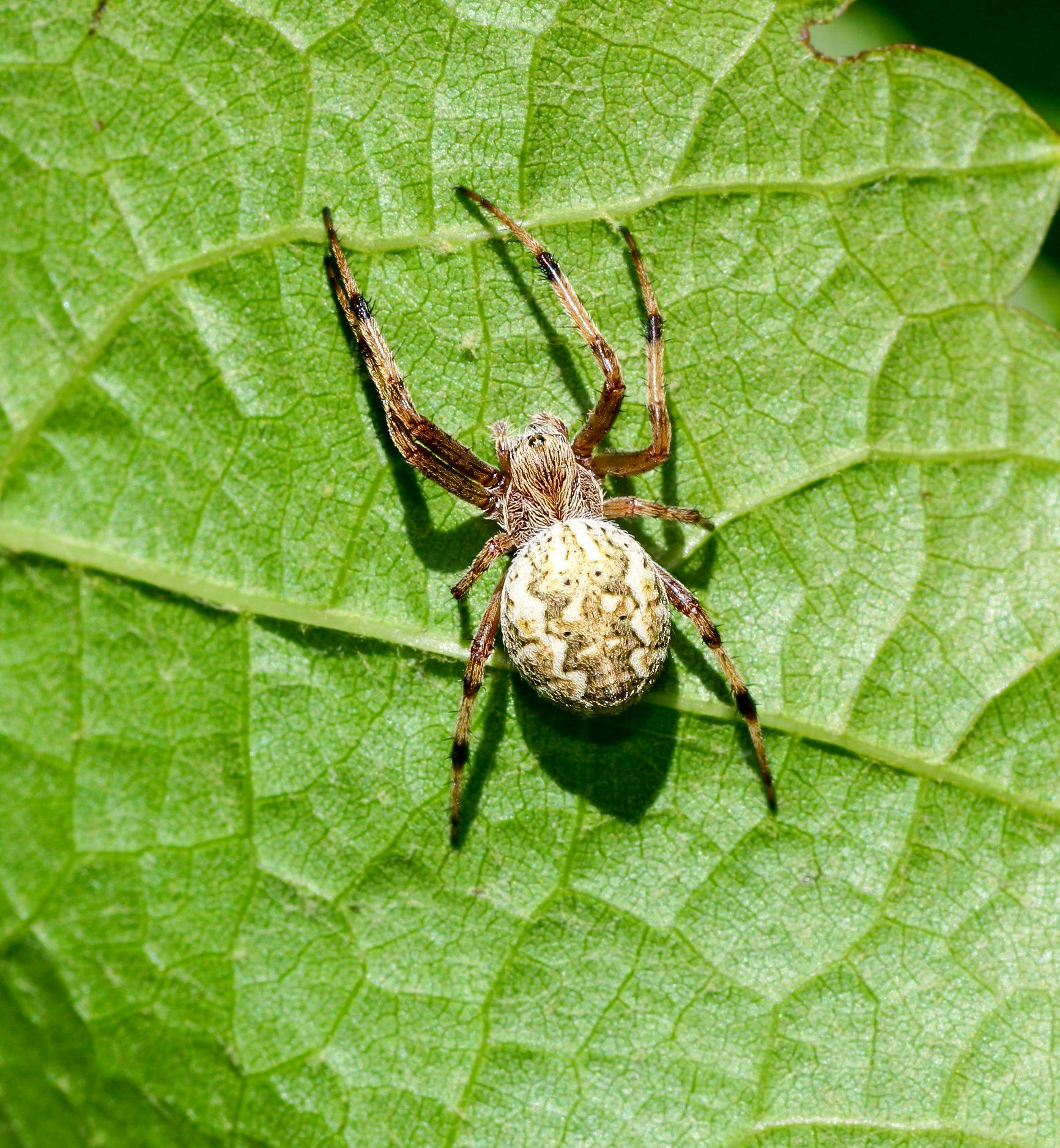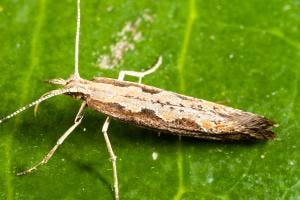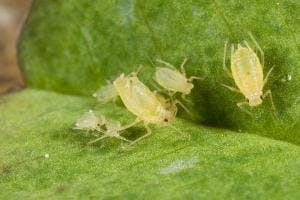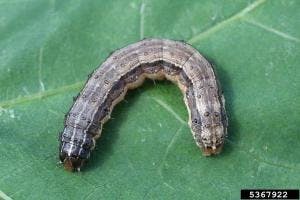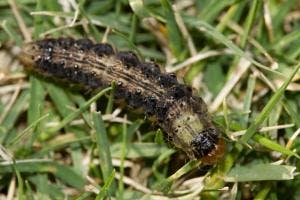Summary
There are at least six groups of spiders that are commonly found in grains crops. These include the wolf, huntsman, trapdoor, jewel, flower and jumping spiders. Most species live more than one year, with annual breeding cycles. Spiders have eight legs and vary in size from 1 to 120mm long.
Many spider species build webs to capture their prey. These webs can be found in and around agricultural fields. Web-building spiders are particularly effective at catching flying insects such as winged aphids.
Some spiders do not rely on webs but actively hunt for their prey on the ground. These ground-dwelling spiders, such as wolf spiders, move quickly and are known for their excellent hunting skills.

Diet
Spiders prey on almost all invertebrates in crops, and are effective predators of most pests, including flies, crickets, aphids, caterpillars beetles, and moths.
Pests attacked*
*with pesticide resistance
Monitoring guidelines
The absence of spiders in a crop is generally a sign of a disrupted system.
Web-building spider species are generally the most obvious in crops, and are often able to be spotted visually. Other spider species can be collected through the use of a beat sheet, sweep net sampling, or pitfall traps.
Sweep net: Hold the handle of the sweep net and make sweeping motions through crop. Move the net back and forth in a semi-circular or figure-eight pattern to capture insects present in the vegetation.
Beat sheet: A sheet between 1.3-1.5 m wide by 1.5-2.0 m deep, made of yellow or white tarpaulin with a sturdy stick attached to each end. To use it, place one edge of the sheet at the base of the plants in the row you want to check. Hang the other end over the adjacent row or against the base of the next row for wider spacings. Hold the stick at both ends and shake the plants vigorously 5-10 times to dislodge insects onto the sheet. This process should be repeated at four different non-consecutive lengths of row within a 20-meter radius.
Pitfall traps: A pitfall trap is a container set in the ground so that their rims are level with or slightly below the soil surface to capture ground dwelling insects. Fill them with a killing or preserving liquid such as pet-safe antifreeze, soapy water, or ethyl alcohol to prevent escape or predation within the trap. Regularly check traps for captured insects,
Habitat management
Creating diverse habitats with hedgerows, cover crops, brushpiles and wildflower strips can support generalist predator population, by providing additional food sources, nesting sites, and protection from pesticide exposure or extreme weather conditions.
Providing access to water sources, such as ponds, ditches, or small water bodies, is beneficial for spiders. Adequate water availability helps sustain spider populations during dry periods.
Excessive use of pesticides can be detrimental to spider populations and their effectiveness as biological control agents. Consider adopting integrated pest management (IPM) practices, which involve using pesticides judiciously and as a last resort. Targeted application of pesticides, avoiding broad-spectrum ones, and selecting insecticides that have minimal impact on non-target organisms can help preserve spider populations.
While spiders offer numerous benefits, their impact can vary depending on local species composition, farm management practices, and regional factors.
Chemical toxicity
To assist growers and advisors in making informed choices around insecticide use in Australian grain crops, the below table summarises the toxicity of foliar chemical sprays on spiders.
The impact ratings in the table are colour-coded, indicating the level of impact on beneficial insects. The colour scheme is as follows:
- Green: low impact (<30% mortality)
- Yellow: moderate impact (30-79% mortality)
- Orange: high impact (80-99% mortality)
- Red: very high impact (>99% mortality)
Data shown here is directly from the Beneficials Chemical Toxicity Table.
Ratings for toxicity are based on International Organisation for Biological Control (IOBC) protocols for laboratory studies and reflect percent mortality of insects.
These values represent mortality under controlled laboratory conditions – impacts may vary in the field, especially if multiple applications of a chemical occur.
